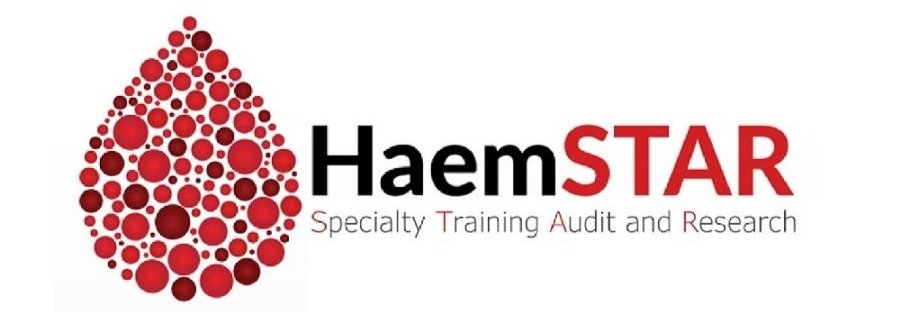TRUTH is a UK-wide audit of the management of warm autoimmune haemolytic anaemia, focusing on corticosteroid use.
To register interest, please email p.nicolson@bham.ac.uk
Key information
Contacts
Project lead: Dr Pip Nicolson, p.nicolson@bham.ac.uk
Project and data management: BiCOPS, bhamred@contacts.bham.ac.uk
Documents
Timeline
Data collection: January 2026
Abstract submission: Spring/Summer 2026
Manuscript submission: Winter 2026
Background
Autoimmune haemolytic anaemia (AIHA) is a rare condition (1–2 per 100,000/year) in which autoantibodies cause premature red cell destruction. The most common form, warm AIHA (wAIHA), accounts for about 65% of cases. While approximately 80% of patients respond initially to prednisolone (1 mg/kg), up to 65% relapse within one year. Prolonged low-dose steroid therapy (>6 months, ≤10 mg/day) may reduce relapse risk, but long-term corticosteroid use carries substantial toxicity—including diabetes, weight gain, osteoporosis, cataracts, and avascular necrosis. The true burden of these complications in wAIHA remains poorly quantified, meaning the harms of steroids are underrepresented in treatment decision-making and regulatory considerations.
Although preventive strategies (e.g. bone protection, glucose monitoring, vitamin D/calcium supplementation) are recommended by NICE and specialist guidelines, evidence suggests that implementation in clinical practice is inconsistent.
Rituximab, an anti-CD20 monoclonal antibody, is an effective second-line (and potentially first-line) treatment, with ~70% response rates. However, it also carries risks—such as infusion reactions, infection, and hypogammaglobulinaemia. Understanding the relative harms of steroids and rituximab is therefore crucial to guide future treatment policy.
Primary Aim
To evaluate how closely NHS practice aligns with national and international guidelines for mitigating corticosteroid-related risks in AIHA, including baseline assessments and ongoing bone and metabolic health management.
We are auditing against standards set by several national and international guidelines.
Secondary Aims
Assess conformity of steroid and rituximab prescribing practices (dose, duration, supportive care) with international guidelines.
Evaluate the impact of non-conformance on treatment response and adverse events.
Describe the clinical outcomes and side-effect burden of corticosteroid and rituximab therapy within five years of diagnosis.

